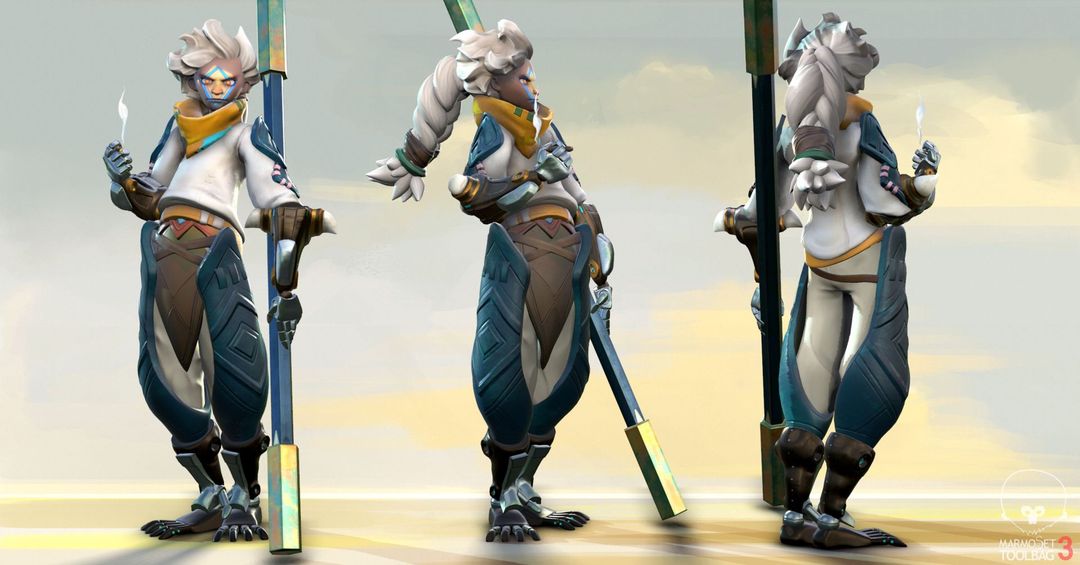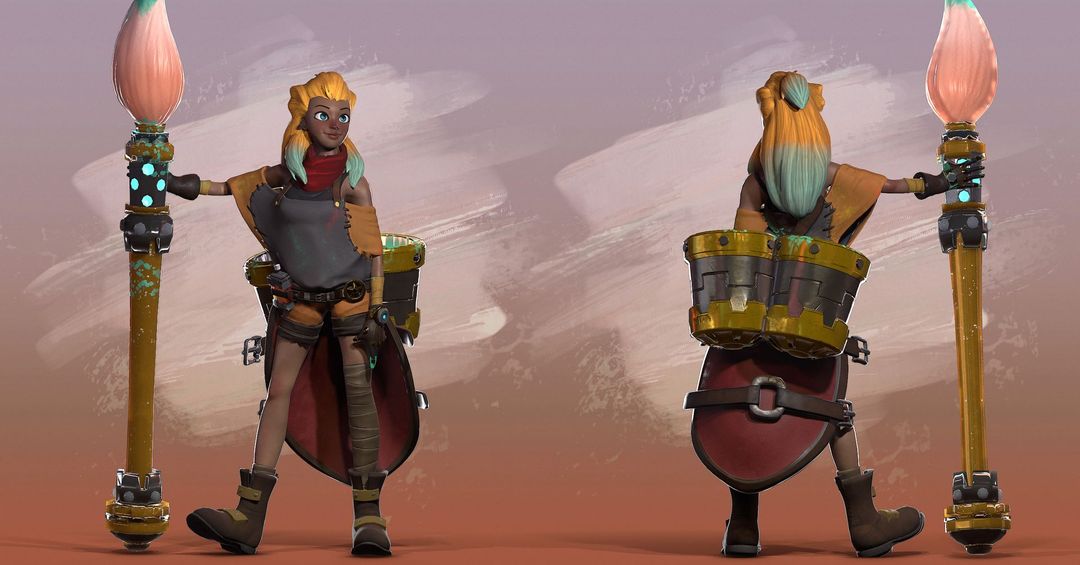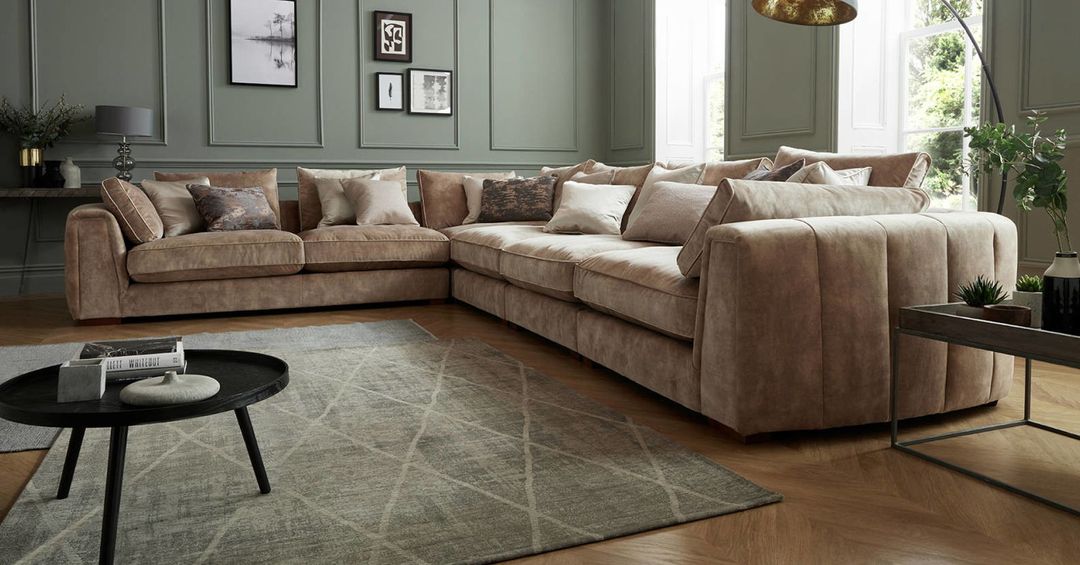Artist Interview with Emily Davison
3D art generalist Emily shares her experience with working in the games industry in this quick interview.
Who are you? Can you tell us a little bit about yourself?
Hi there! My name is Emily and I am currently a 3D Artist working for XR Games. I graduated in 2018 with a first class degree in Game Art (BA) from Futureworks. Primarily I consider myself a stylised character artist however my career has landed me in a generalist role where I am tasked with environments, props and some VFX as well as characters! While I admire the process of realistic game-ready art, I would say my strength and passion definitely lies within stylised creations.

How did you get your first big break?
Straight after University I had gotten a role cleaning up 3D scanned models for a sofa company. Despite not being in video games yet I was using all the relevant skills and for the most part was using a similar workflow. I enjoyed the work, but for various reasons I started looking for a new job. I mostly checked LinkedIn, as I had a lot of connections there and had success finding my previous job on it. I don’t think I can deny that it was pure luck that the job role for XR Games came up within a week of my starting searching. I applied and almost immediately got sent an art test which was incredibly reassuring, and after two rounds of interviews I got the job!

Can you tell us what attracted you to applying for a role at XR Games?
They only had one published game at the time of my applying, which was All Star Fruit Racing - a stylised VR racing game. I was a big fan of the art style and thought my portfolio was suitable to the kinds of art the company was making. I was also pretty keen to stay in the North of England, and being in Leeds was a huge bonus for me.

What do you think are the most important things that an artist needs in order to become a high-level professional like you?
I personally think it’s important to know your weaknesses and not try to hide them. I was always clear that while I was willing to try anything from VFX to Environment art, it wasn’t my strong suit and not a workflow I knew very well. Employers will appreciate this honesty, so long as you are willing to learn. Even if there’s a workflow you’ve never tried, it can be useful to read up on it so you have an idea of where to start if that ever comes up. If you’re in (or just out of) university or haven’t broken into the industry yet, it can be tempting to put everything you’ve created in your portfolio. Really think on what work you want to represent you. Your portfolio should be short and sweet and show the best of your skills – not every single thing you have created. If you are just starting out with only 1-2 projects you’re proud of, that’s okay. Having a concise portfolio of those two projects is more likely to get companies interest than leaving in another 10 bodies of work which are sub-par. Lastly, this is a job above all. You can’t 100% rely on your work to sell yourself. Interview skills are key – these people need to know if they can work with you for 40+ hours a week, so make sure you’re presenting yourself the best you can. But of course, be yourself.

What software do you prefer in your workflow?
As a character artist my primary software of choice for sculpting isZbrush. I’ll say it’s the software I’m the most confident in – although anyone who usesZbrushwill know there is always more to learn about it. I enjoy the freedom to create that it provides, and with every project I look to further find ways to optimise my sculpting workflow. For hard surface modelling and retopology/UV mapping I useAutodesk Maya(I’ve tried 3DS Max - it still eludes me). The sculpting process for me is usually a back and forth betweenZbrushandMaya, as I personally find Zbrush’s hard surface tools quite clunky for any substantial tasks. I like to get a base sculpt in with the major shapes and forms, then retopologise in Maya and reproject it onto my original sculpt. This allows me to work on a subdivided model, which I find extremely valuable for being able to make big form changes without ruining any detail I’ve added. Once I have a high poly and low poly, I usually do any baking inMarmoset Toolbagas I love its custom cage tools, and I save plenty of time by not having to make my own. Texturing is almost always done inSubstance Painter, with a little help fromPhotoshopevery now and then depending on how much time I have. Even with stylised models, I find Substance Painter is really great for creating a unified art style across multiple models. These are just the softwares I have available to me at the moment, and I think you can achieve a great result with whatever software you also have on hand.

Thanks for the interview, do you have any shout outs?
Thanks for having me! Big shoutout to XR Games for helping me kickstart my career in games. If you’re looking for a fun couch co-op game to play during lockdown check out our game Angry Birds VR: Under Pressure.
Want to Be a Featured Hero?
Reach Out Now- Share Your Story, Tutorials, or anything you find interesting.
Get in touch!Have a CG Project?
Looking for assistance with your next project? Post your project and receive quotes from our Heroes.
Post Your Project